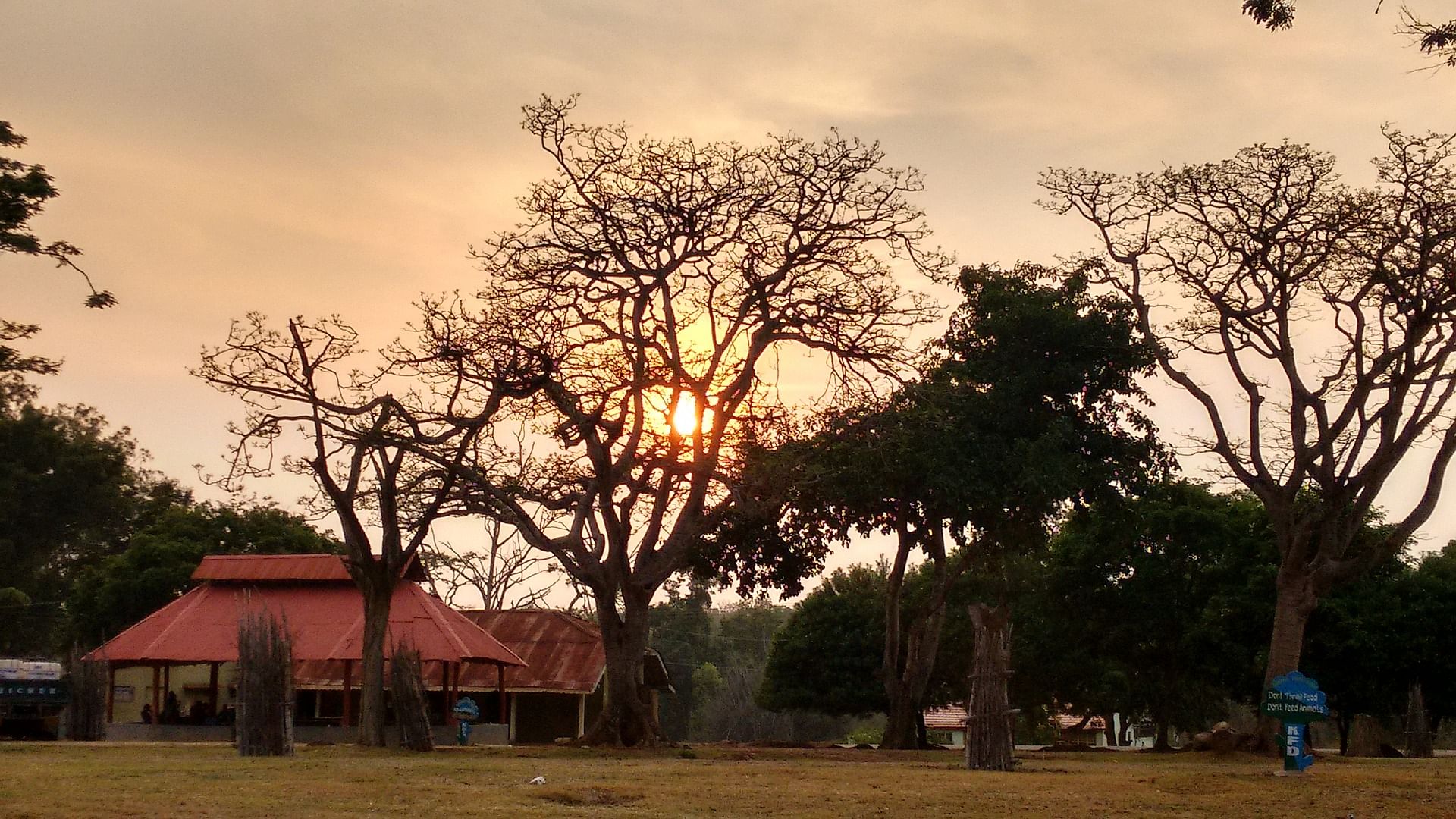

The Union government believes that environmental laws and regulations are a major hurdle to India becoming a 5 trillion dollar economy, says Ritwick Dutta, co-founder of Legal Initiative for Forest and Environment, in an interview with DH’s Ashish Tripathi.
Can we compare the approach of NDA and UPA governments towards environment?
If one compares the NDA and UPA regimes, so far as forest, environment and wildlife clearances are concerned, there is no difference in either the number of projects approved or the rate of approval or rejection. The Environment Ministry acts on dictation given by other ministries.
The approach of both governments has always been to approve all projects irrespective of the social and environmental concerns. However, under the present regime, there is a sense of pride in approving the destruction of forest, rivers and coastal areas. The environment minister proudly announces on social media about how much forest land, national parks and sanctuaries have been allowed to be diverted to ensure ease of doing business and to promote economic growth.
Under the UPA, there were at least some initiatives to protect the environment: creation of the National Green Tribunal, protection of the Western Ghats and imposing moratorium on new industries in polluted areas. Also, there was some guilt while approving the destruction of nature.
What impression does the recent meeting of the National Board for Wildlife (NBWL) via video conferencing give?
Many standing committee meetings of NBWLs have taken place through video conferencing even before the lockdown. There is no evidence to show that the decisions would have been different if the meeting was held in person. Our concern should be about the outcome and process. Today, we do not have a functional National Board for Wildlife; it has not met even once after it was reconstituted in 2014.
The powers are exercised by the Standing Committee headed by the Union Environment Minister, who is also the cabinet minister in charge of Industry. The standing committee’s entire functioning is illegal — it has no power or authority under the Wildlife (Protection) Act, 1972 to divert national parks and sanctuaries for activities which are not for the benefit of wildlife.
What does this hurry say about the government’s policy?
Today, there is a belief that once the forest land, national parks, sanctuaries, coasts are opened up and criss-crossed with highways, railway lines, canals, transmission lines and pockmarked with mines and malls, India will magically achieve its double digit growth. The economic advisers of the government however, never factored in cyclones, droughts, floods and now the COVID-19 pandemic.
With respect to the NBWL, in 2018, all 39 proposals for diversion for protected areas were approved; in 2019, all 64 proposals were approved and this year, all the 14 projects involving transmission lines, highways, railways, canals have been approved. The NBWL rather than being a protector has become an active agent in this destruction.
Our budgetary allocation for protection and regeneration of ecosystems is consistently reduced, while active efforts are made to destroy these entities. It is not just the government that has failed the environment; India’s judiciary, which at one time played an important role in protecting the environment, is largely a silent spectator; civil society is also largely unable to raise their voice for fear of state retaliation.
What are the implications of such decisions on the ground?
More people die of water and air pollution in India than anywhere else in world. More people depend on the natural ecosystem for their livelihood and survival than any other country. And yet, every action to protect these entities are regarded as a waste of financial resources. By building massive structures we have weaponised the environment and so when cyclones and floods happen, it is these man-made structures that kill us.